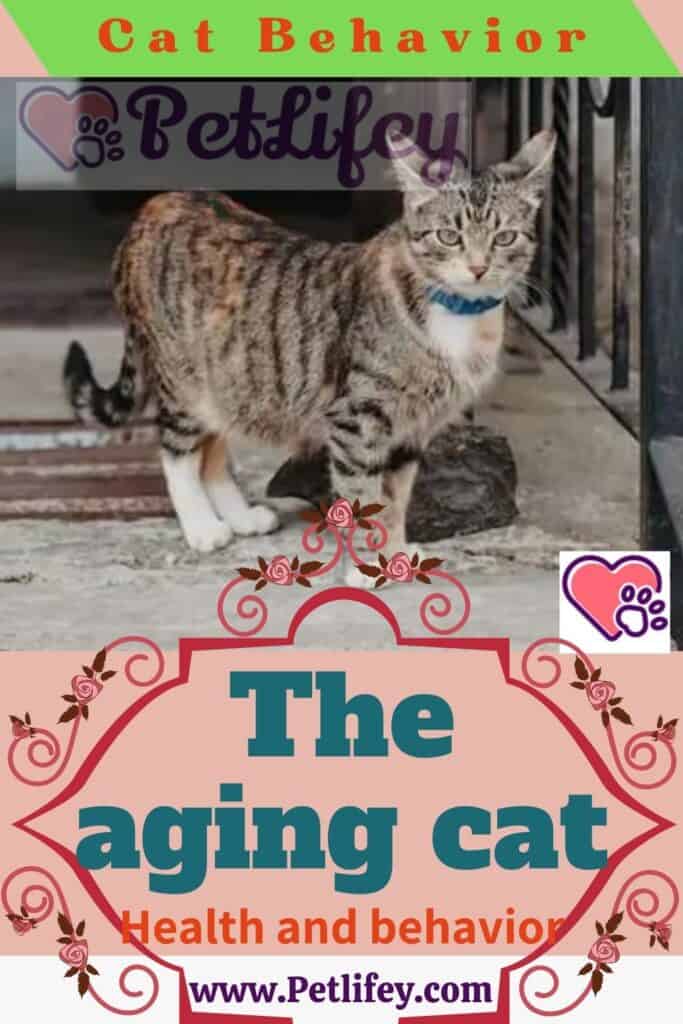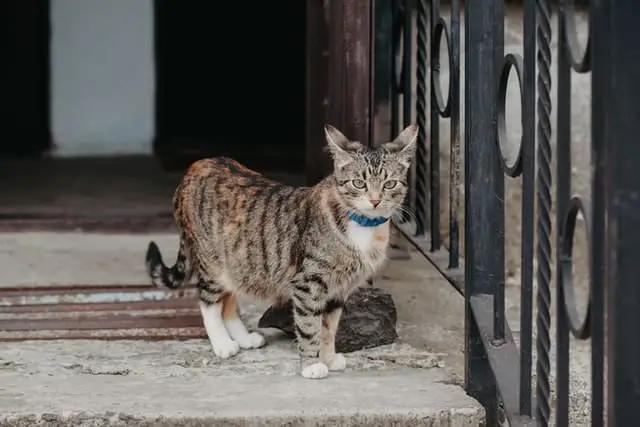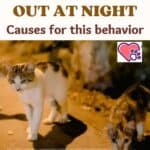
We would always like to see them playful, but unfortunately our cat ages physically and not only. Let’s see the behavior of the aging cat.
Feline old age is not a disease, although it does involve major physical and psychological changes for them and they are more vulnerable to ailments. The solution to having a healthy and happy senior cat for as many years as possible is to take care of it forever.
As the years go by, cats inevitably get older, their bodies become less and less efficient and precise, as indeed with most people. People, however, can talk about their ailments, changes in mood or memory, and an inability to enjoy physical activities. Cats cannot communicate their confusion with words, so they use other methods.
The average life span of a cat is about 15 years, depending on how it has passed, a cat can have an even longer life if domestic and therefore spoiled, or shorter if in the street and stray. But let’s see how the older cat’s behavior changes over time.
What changes on a healthy level in the elderly cat?
The aging of the feline, like that of humans, involves a series of physical and behavioral changes that must be known. Compared to the body of a young cat, the old cat has a less strong immune system to deal with and fight external agents, so it is normal for chronic diseases to appear.
These pathologies bring back the dehydration of the cat, aggravating blood circulation and slowing down the functioning of the animal’s immune system. Specifically, below are the various conditions in which the elderly cat may find itself.
Memory loss and Alzheimer’s disease in cats
Some signs of a cat’s aging condition is that it wanders aimlessly around the house, may even become disoriented and avoid interactions with other felines at home. The cat, like people, also suffers from Alzheimer’s disease like the dog. In cats, this central nervous system degeneration affects one in three cats over the age of 11.
Kidney problems, they are less active and eat little
The cat’s muscle tone is reduced and consequently its urge to run or climb decreases. This lack of physical activity contributes to joint degeneration and associated greater pain (arthritis in cats), so some refuse to climb.
Along with this apathy, there is the lack of desire to eat and the malfunction of the kidneys and the hypertension that often accompanies renal failure and hyperthyroidism and can lead to blindness due to haemorrhages of the retina.
Skin problems
In the aging cat, as blood circulation is reduced, the skin of the older feline loses elasticity and becomes thinner, which explains why he becomes more exposed to infections and diseases of the cat’s skin.
These and many other problems is what could happen to your elderly cat, but what happens on a behavioral level? How can we identify this condition, what does the behavior of the elderly cat consist of? In the next paragraph we will find the answers to our questions.
Behavior of the aging cat

Often, particular behavioral disturbances related to the cognitive and emotional sphere can occur, which are defined as “senile involution depression”. The most common signs that cats have when they are aging are:
- evacuations of urine and faeces outside the litter box;
- sleep disturbances in cats (during the day they sleep and at night they meow without interruption);
- disorientation;
- they block and fix objects or walls without any reason .
The cat may give the impression that it is in the clouds, avoiding interactions with humans and other cats and dogs in the house. He may also sleep a lot more and have less interest in games than he or small prey animals.
In fact, with the senility of the cat, neuro-degenerative phenomena can take place responsible for episodes of disorientation, confusion and inability to follow the usual habits of life, such as that of dedicating oneself to cleaning daily.
In certain cases, the veterinarian who is treating the cat could evaluate the possibility of subjecting our pet to sessions of behavioral therapies that help him to pass, as calmly as possible, this new phase of his life.
How can we help improve the behavior of the aging cat?
First of all , from the first moment we decide to adopt a cat at home with us, the checkups to the vet must be constant, because as we all know, a good youth determines a good health of the aging cat. These regular checks by the veterinarian can be decisive in preventing the onset of certain types of senile diseases in felines.
Then the second important step will be feeding. Choosing the best senior cat food that helps keep them strong and healthy is key. Prefer moist and quality foods, easily digestible and reduce the portions of the crunchy.
Cleaning the cat’s teeth, carried out under anesthesia by the vet, is another important precaution to be put into practice to help the old cat bear the weight of age, without causing problems such as gingivitis, tooth loss and loss of appetite related to discomfort and / or pain in the area.
Regular grooming of his coat can help him hygienically, avoiding the onset of skin infections. Remember that the elderly cat must be encouraged to exercise, to facilitate the feline’s weight loss, which is necessary for some specimens.
As with humans, movement not only encourages the cat to stay active and awake but helps it improve circulation and oxygenate the tissues well. Finally, we try to avoid the stress as much as possible, due to various changes such as travel, house change, etc.
Surely witnessing this change in our cat, it will be a rather difficult thing, precisely in consideration of the fact that the cat is a very active and playful animal. But it will be the affection and respect towards him that will push us to look after him.






